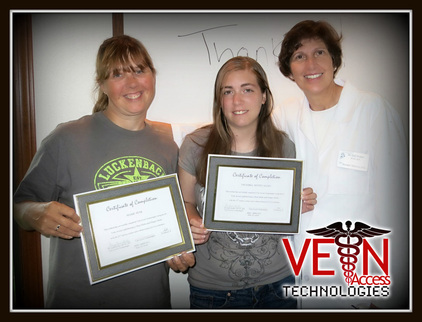Point of Care Fact.
WARNING! Did you know the current infant heel stick method of drawing blood is by pinching the baby's foot back to its shin? This method must stop immediately. We have the POC technique to correctly perform this procedure and prevent unnecessary injuries to the infant and damage to the collected blood sample.


 RSS Feed
RSS Feed